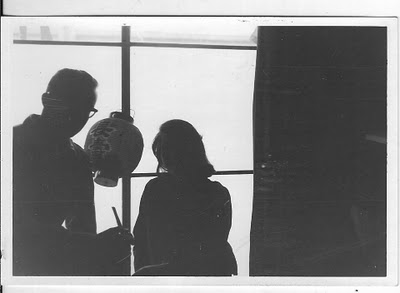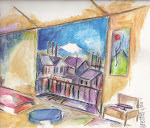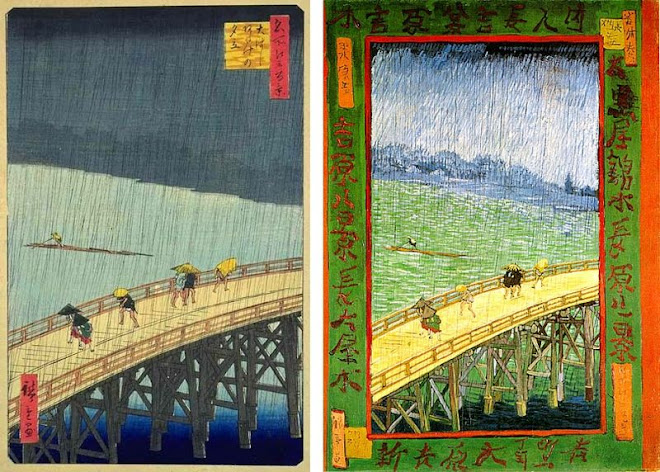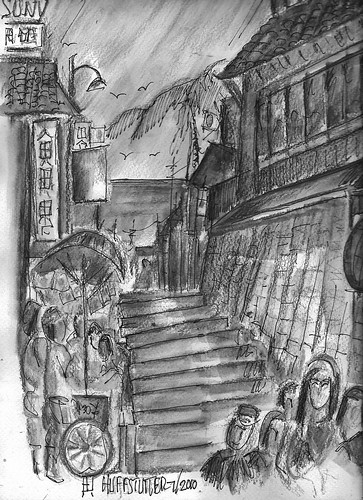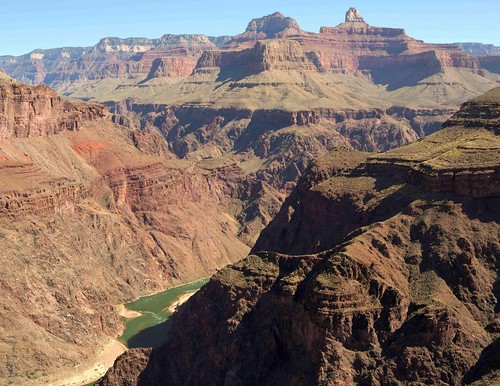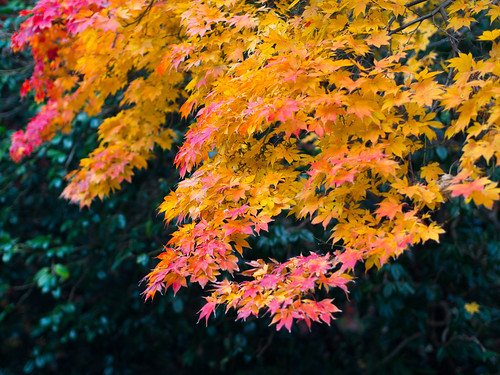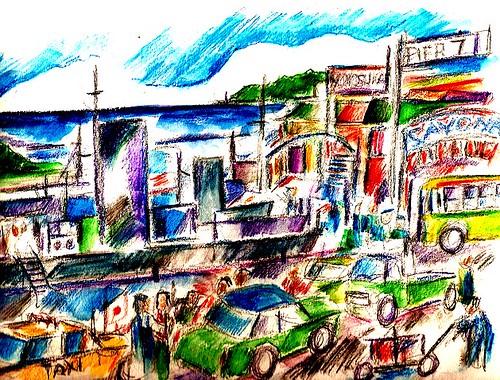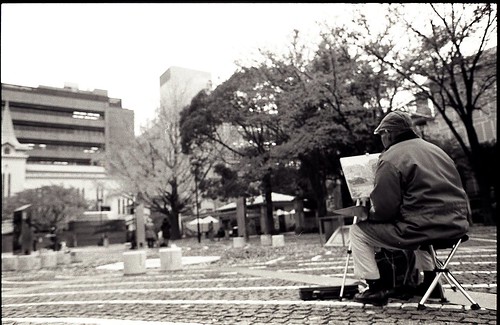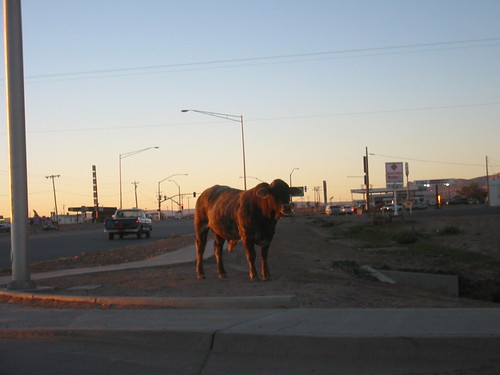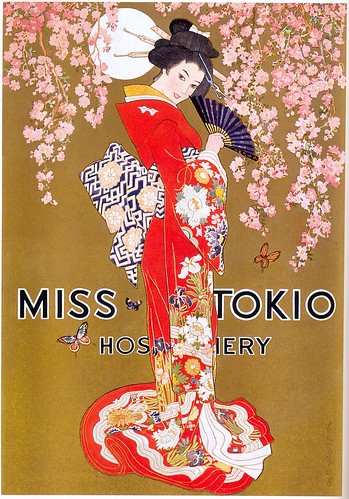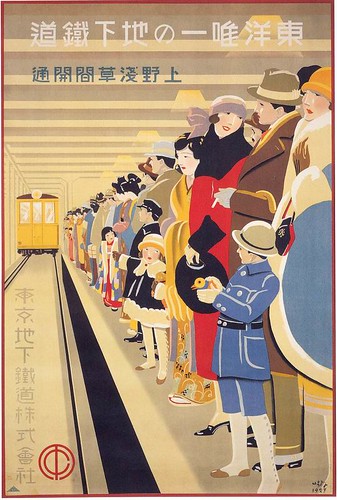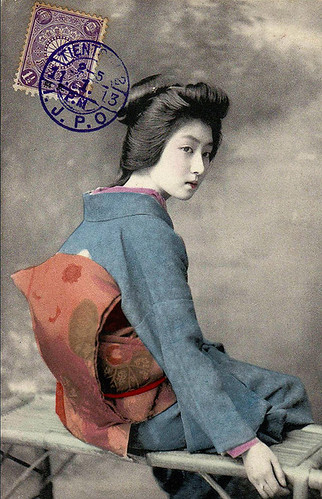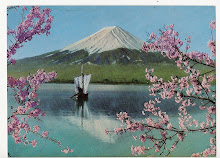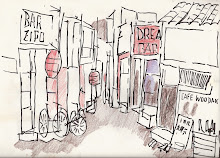Upon waking on many mornings,
I am, for a moment, young again
and walking these ancient
stone steps of Enoshima,
alive with thoughts of a future
filled with the joys of
afternoon rains and time
for gentle romance.
We walk, hand in hand, her
smile so subtle, so sensual,
so full of the hope we had
for walking the steps of
stones of many nations
in our love affair that
began by chance, but
reality ends the dream
and I could cry, but no more tears
remain, just gentle rain and doubts
about how quickly dreams
disappear through the years.
YOKOHAMA PICTURE SHOW

Shot with my Petri in Yokohama 1962
RICE FIELD IN JAPAN 1962

I took this with my PETRI in Kanagawa Prefecture
Sunday, December 30, 2012
MY FINAL POEM ABOUT ENOSHIMA By Robert L. Huffstutter
Saturday, December 22, 2012
A peek at the Colorado River
YOU know what angles to shoot from. YOU know how to capture the contrasts and lights just right. You have that special talent to capture whatever you are shooting in a manner that always keeps one looking. Great photo.
Back in the 60s, I was flying from east coast to San Diego on a MATS Constellation. The pilot gave us guys a great fly over and around this marvel. Awe inspiring. Never have seen it from the ground.
Friday, December 14, 2012
A SAYONARA MOMENT THAT WILL LAST A LIFETIME
A SAYONARA MOMENT THAT WILL LAST A LIFETIME
When sailors depart, they usually have someone they love to share the moment of departure. How many of these overseas romances continue is subject matter for novels.
James Michener wrote one, "Sayonara" that says much about these departures.
Thursday, December 13, 2012
And the leaves that are yellow turn to red
When I look at your photo of the beautiful leaves, I remember the leaves of three Japanese autumns long ago. I have often asked myself why I left Japan, but I had no choice, my tour was over and it was time to board an old Liberty ship for my journey across the Pacific to my homeland.
The crossing took ten days and gave me time to reflect on how my life had changed during the years I had spent in the Kanagawa prefecture, an area very much akin to my state of Missouri. The ship sailed beneath the Golden Gate and into San Francisco Bay on my 22nd birthday. It was good to be home again, but there was so much I missed about Japan.
Yes, the leaves of Missouri also change colors in the Autumn, but there is something different about the leaves of Japan that reminds me my youth, a youth spent in Japan. Youth flees as quickly as the leaves change colors no matter where we happen to be.
_________________________________
And the leaves that are... by kasa51
Wednesday, December 12, 2012
SOMETIMES IT HURTS TO HURT...
SOMETIMES IT HURTS TO HURT...
When sailors depart, they usually have someone they love to share the moment of departure. How many of these overseas romances continue is subject matter for novels. James Michener wrote one, "Sayonara" that says much about these departures
SAYONARA--THE MOVIE
SayonaraFrom Wikipedia, the free encyclopedia
Jump to: navigation, search
This article is about the film. For other uses, see Sayonara (disambiguation).
Sayonara
original movie poster
Directed by Joshua Logan
Produced by William Goetz
Written by James Michener (novel)
Paul Osborn
Starring Marlon Brando
Patricia Owens
James Garner
Martha Scott
Miiko Taka
Miyoshi Umeki
Red Buttons
Ricardo Montalban
Editing by Arthur P. Schmidt
Philip W. Anderson
Distributed by Warner Bros.
Release date(s) December 5, 1957
Running time 147 minutes
Country United States
Language English
Japanese
Box office $22,000,115 (in U.S.)
Sayonara is a 1957 color (Technicolor) American film starring Marlon Brando. It tells the story of an American Air Force flier who was an "ace" fighter pilot during the Korean War.
Sayonara won four Academy Awards, including acting honors for co-stars Red Buttons and Miyoshi Umeki.
The film's screenplay was adapted by Paul Osborn from the novel by James Michener, and it was produced by William Goetz and directed by Joshua Logan. Unlike most 1950s romantic dramas, Sayonara deals squarely with racism and prejudice.[1]
Contents [hide]
1 Plot
2 Cast
3 Production
4 Critical reception
5 Legacy
6 Awards
7 References
8 External links
[edit] PlotLloyd "Ace" Gruver, a major and the son of a U.S. Army general, is stationed at Itami Air Force Base (now Osaka International Airport) near Kobe, Japan. He falls in love with a Japanese entertainer (Hana-ogi) who is a performer for a Takarazuka-like theater company, whom he meets through his enlisted crew chief, Airman Kelly.
Kelly is about to wed a Japanese woman, Katsumi, in spite of the disapproval of the United States military, which will not recognize the marriage. The Air Force, including Gruver, is against the marriage. Gruver and Kelly have an argument during which Gruver uses a racial slur to describe Kelly's fiancee. Gruver eventually apologizes, then agrees to be Kelly's best man at the wedding.
Kelly suffers further prejudice at the hands of a particularly nasty colonel, pulling extra duty and all the less-attractive assignments. When he and many others who are married to Japanese are ordered back to the States, Kelly realizes he will not be able to take his wife, who is now pregnant.
Finding no other way to be together, Kelly and Katsumi commit double suicide. This strengthens Major Gruver's resolve to marry his own Japanese lover. When asked by a Stars and Stripes reporter what will he say to both the "big brass" as well as to the Japanese, neither of which will be particularly happy, Major Gruver says, "Tell 'em we said 'Sayonara.'"
The ending in the movie, however, differs from that of the book, in which Gruver says "sayonara" to his Japanese girlfriend and returns to the States
Tuesday, December 4, 2012
The man who draws a picture
This photo was taken by Hajime Kenmotsu. I am reminded of my time in Japan back in the early 60s when I sketched at Yamashita Park and many other beautiful areas of Japan.
SO MUCH BULL
In today's world of politics, it can all be summarized by this photograph on Flickr by Hog of Moldova
102-0229_IMG by Hog_of_Moldova
Sunday, December 2, 2012
Miss Tokio Hosiery ad, 1927
Miss Tokio Hosiery ad, 1927
Scanned from Taschen's "All-American Ads of the 20s".
Art Deco blog
Thanks to Gatochy
Sugiura Hisui, Colour litograph, 1927
Sugiura Hisui, Colour litograph, 1927
Celebration poster for the subway that goes from Ueno to Asakusa (downtown Tokyo) - the only subway train you see in East Asia... (Thanks to Paula Wirth for translating!)
Sugiura Hisui, "The Only Subway in the East". Colour litograph, Japanese, 1927.
Scanned from "Art Deco 1910-1939" edited by Charlotte Benton, Tim Benton and Chislaine Wood.
Art Deco blog.

